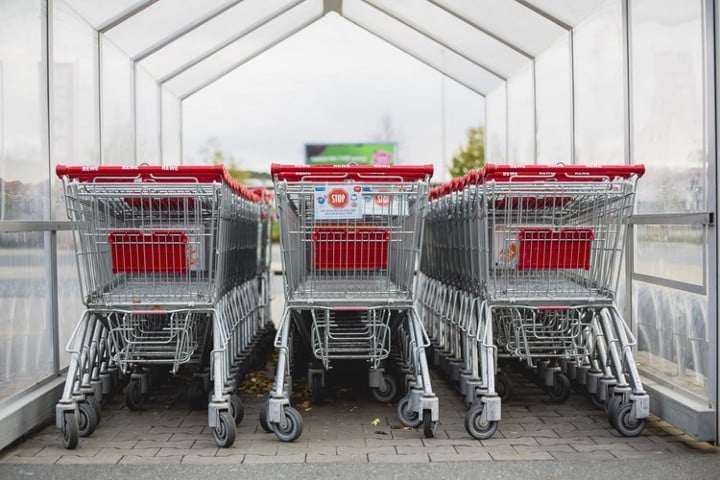
I was chatting with a group of U.S. Dataworks, Inc. employees about self-service and my belief that good self-service trumps great personalized service. We agreed this is generally true, though one of my incredibly cerebral programming staff, Eric, noted how many patrons of the grocery stores where he shops should need to qualify before using the self-checkout. He even suggested that customers be required to get a license, or at least take a training course and test, before they use the self-checkout at the grocery store. We all laughed at that visual: a gate with a security lock, requiring you to pass your frequent shopper card over it to access the self-checkout registers.
But I get it—we have all been frustrated by the ineptitude of those using self-checkout who seem to be really struggling to figure it out. In many cases, it’s not their fault. At most Walmarts, there are 32 checkout lanes, but only two available cashiers. You can either wait until your milk turns to cheese or attempt to use the self-checkout.
Self-checkout requires the following skills:
- The ability to follow instructions
- Rudimentary computer skills (accessing touchscreen)
- Decent eye/hand coordination (waving items against vertical and horizontal readers)
- Knowledge of what a barcode is
- Knowledge of where a barcode is likely located on any given product
- The ability to figure out how to ring up items with no barcode
My six-year-old granddaughter meets all of these requirements; sadly, some adults at the grocery store are short on a few.
Checking out involves three basic steps: scanning, bagging, and paying. Most people are familiar with swiping cards, so that is less of an issue. Bagging at times is an issue—since each item has a weight assigned to it, the computer knows if you have put something in your bag that is not what you scanned. Many, however, seem to have the most issues when it comes to “scanning” fruits and vegetables (and those other items that don’t have a barcode). Even though there is a pretty good user interface (UI) which allows you to look up items (with pictures!), a lot of people are still stumped. Some grocery stores also have self-service options like olive and antipasto bars. If you pay attention, though, there are often barcodes available to stick on your item, which greatly assists your check-out speed.
Why can’t stores have a place setup to train people how to use these self-service checkouts? It’s not that crazy. Heck, put it in the back so no one can see you training if that’s the issue. They can review common sense practices during that time as well. For example, if you are buying beer or wine and look like you are 17, go to the regular checkout. Or, if you bring your own bags for your groceries, put them all on the weight platform at the same time and get the clerk to zero out the weight. All of these are simple things that help speed up the checkout process.
I will say, some stores have gone out of their way to be more helpful with self-service. Target, for example, has a clerk encouraging people to try it, and I’ve watched them give personal instruction to those who look like they might want some additional instruction. This is perfect! And, I haven’t seen a lack of Target cashiers at the regular lanes. So kudos to Target for encouraging self-service usage and backing it with training.
Self-service may be a new concept for your business—perhaps you work in an industry usually not associated with it. I believe, though, it doesn’t matter if you’re not a retail business; self-service is cropping up everywhere, and incorporating it could mean a significant increase in customer satisfaction. Don’t hang on to the outdated idea that every customer values personal service. Think strategically about how you can incorporate good self-service into the appropriate areas of your business, and watch your revenue grow.